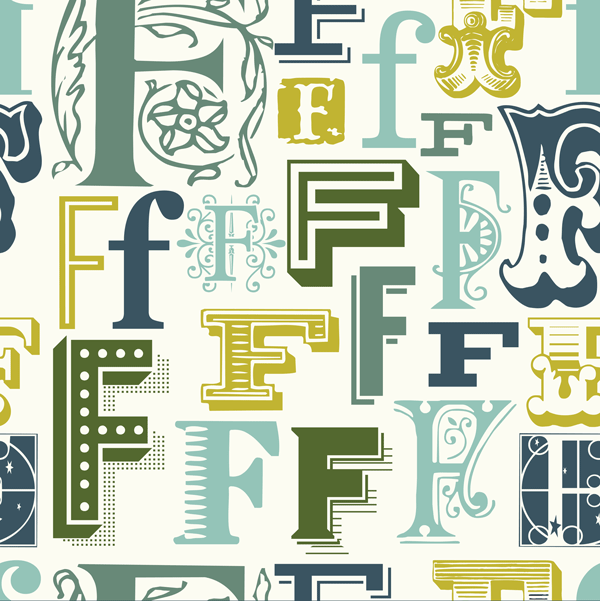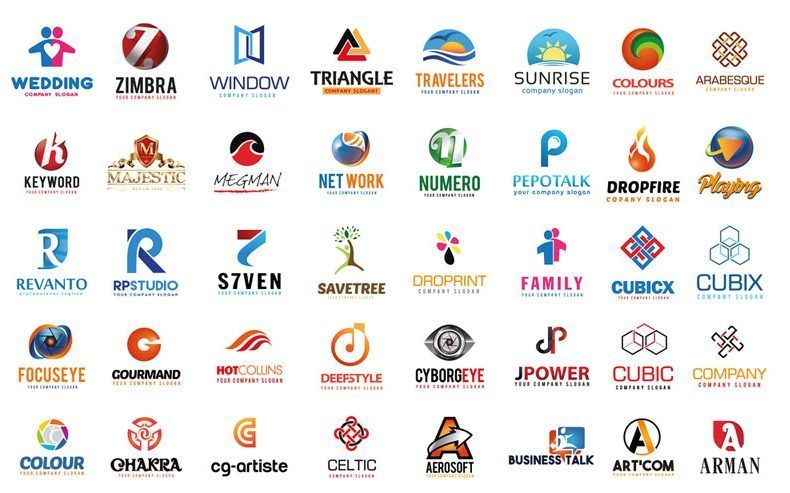Looking Good in Print
Typography is the style and appearance of words on paper, computer screens, and other media. It has evolved from primitive drawings on cave walls in ancient times to stunning websites in the digital era. The elements of typography include alignment, color, consistency, contrast, hierarchy, and typeface. Good typography makes writing more effective just like good speaking makes oral arguments more persuasive.

Read on for tips to enhance the appearance of your correspondence, pleadings, and other legal documents. Continue reading “What is Typography?”

 Since the Renaissance, logos have been used to mark products with the identity of their creator. Over the centuries their use grew, and today they have become almost indispensable for the creation of a professional image. Read on for tips and resources to create and use a law firm logo.
Since the Renaissance, logos have been used to mark products with the identity of their creator. Over the centuries their use grew, and today they have become almost indispensable for the creation of a professional image. Read on for tips and resources to create and use a law firm logo. 
